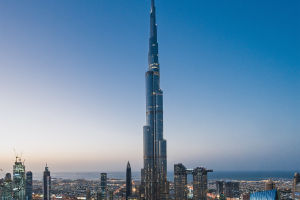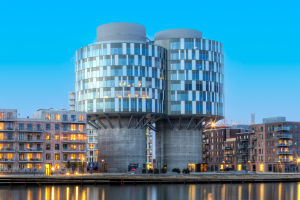Our planet faces a multitude of challenges, from climate change to pollution, deforestation to biodiversity loss.
As human activities continue to strain the environment, many are turning to nature for solutions.
The idea is simple: if we restore ecosystems, they might help heal the damage we’ve done. But can nature truly save us?
The Power of Natural Systems
Nature has long been a powerful force in maintaining the balance of our ecosystems. Forests, oceans, wetlands, and grasslands absorb carbon, regulate water, and support a vast array of life. Rewilding, reforestation, and restoring coastal wetlands are just a few ways natural systems can mitigate climate change. For instance, forests are among the most effective carbon sinks, absorbing CO2 from the atmosphere.
Biodiversity as a Buffer
Biodiversity, the variety of life on Earth, plays a critical role in maintaining ecosystem stability. Diverse ecosystems are more resilient to disruptions like droughts, floods, and diseases. Protecting species and habitats, therefore, is not just about preserving beauty; it's about safeguarding the health of our planet and its inhabitants.
Limits of Nature’s Power
While nature can undoubtedly help, it is not a panacea. The damage we have inflicted is profound, and ecosystems are already under immense pressure. Human intervention is still necessary to reduce emissions, curb pollution, and transition to sustainable practices. Nature's restoration efforts must be part of a broader, global strategy for a sustainable future.
The Role of Human Action
Human involvement in environmental conservation is crucial. It's not enough to simply rely on nature to "fix" the damage done. We need to adopt sustainable practices, reduce waste, and transition to renewable energy sources to minimize our impact. Governments, businesses, and individuals all play a part in fostering a green future. Policy changes that promote environmental protection, as well as global cooperation, are essential to creating the necessary infrastructure for nature to thrive.
Nature-Based Solutions for Urban Spaces
As urban areas grow, integrating nature-based solutions becomes increasingly important. Green spaces, like urban forests, rooftop gardens, and sustainable agriculture in cities, can reduce heat islands, enhance air quality, and support wildlife. These efforts help bridge the gap between human habitats and the natural world, creating more sustainable cities that coexist with nature rather than overshadow it.
Nature is undeniably powerful and offers a hopeful path to healing, but it’s not a substitute for human action. A combined effort to restore ecosystems, reduce environmental harm, and embrace sustainable living practices will ensure that nature can do what it does best—protect, restore, and sustain life.
By working with the planet, not against it, we can create a harmonious future where both humanity and nature thrive!
What are Nature-based Climate Solutions?
Video by Boreal Conservation


